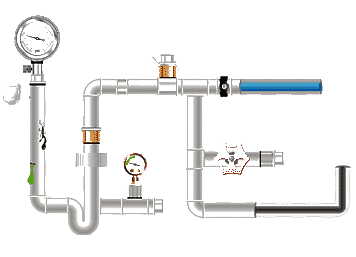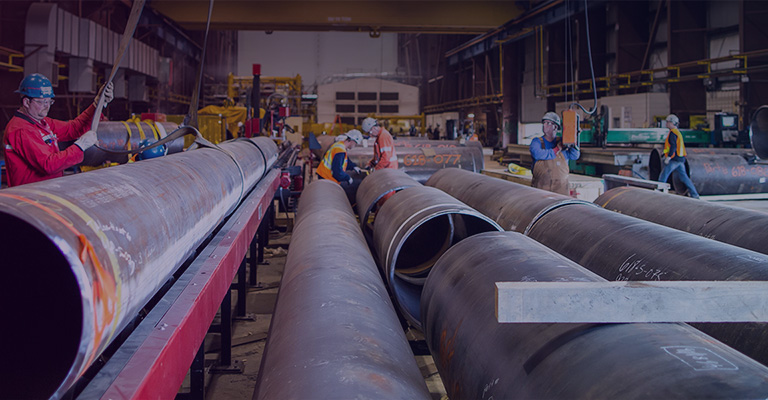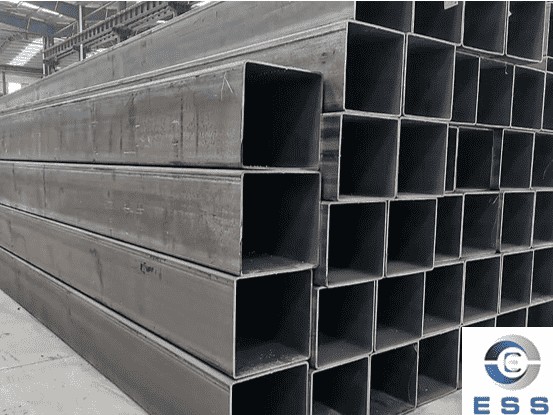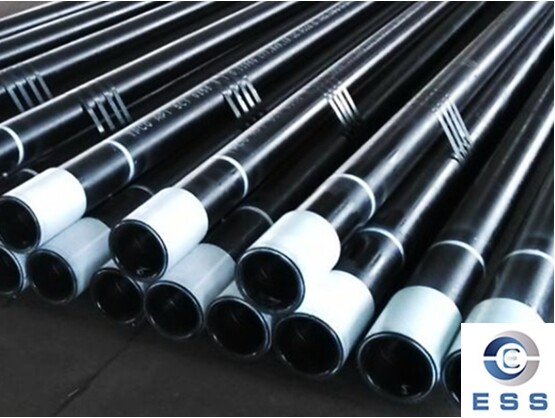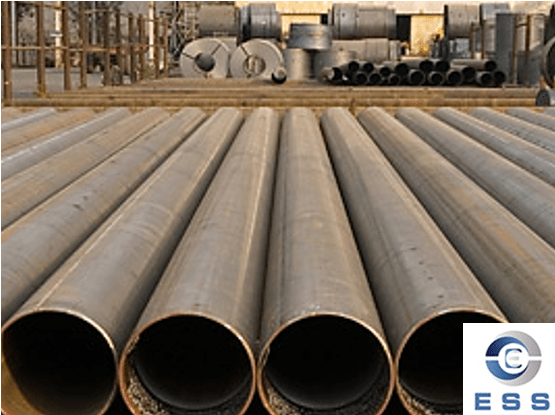EN 10305-1 Overview
EN 10305-1 is the technical delivery
condition for cold-drawn seamless
precision tube with a circular cross-section, an outer diameter ≤380mm, and precisely defined tolerances and specified maximum
surface roughness. Typical applications of EN 10305-1 include the automotive,
furniture, and general engineering industries.
EN 10305-1 seamless precision tubes are
high-quality cold-drawn
tubes with a circular cross-section, designed for applications
requiring tight dimensional tolerances and superior surface quality.
EN 10305 seamless precision tubes shall be
manufactured using a cold-drawing process from hot-rolled
seamless steel tubes. Other suitable cold-working methods may also be
used. The tubes shall be delivered in +N condition, meaning that after the
final cold-drawing process, the tubes shall be normalized in a controlled
atmosphere.
EN 10305-1 standard covers pipes made of
both non-alloy and alloy steels, each including the following grades:
1. Non-alloy steels: E215 (1.0212), E235
(1.0308), E355 (1.0580), E255 (1.0408), E410 (1.0509), 26Mn5 (1.1161), 10S10
(1.0711), 15S10 (1.0710), 18S10 (1.0712), and 37S10 (1.0713);
2. Non-alloy special steels: C35E (1.1181)
and C45E (1.1191);
3. Alloy steels: 26Mo2 (1.5417), 25CrMo4
(1.7218), and 42CrMo4 (1.7225);
Note: BS EN 10305-1 and DIN EN 10305-1 are
equivalent to EN 10305-1, but are used in different countries/regions.
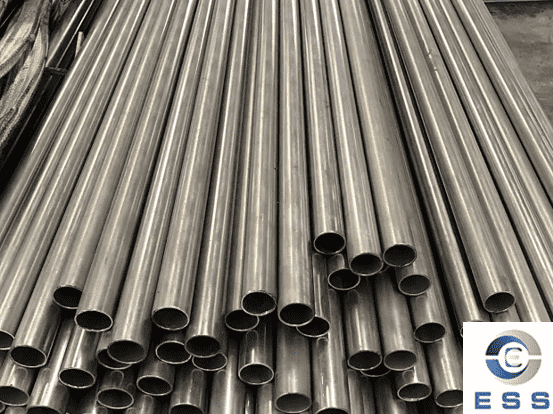
EN 10305-1 Equivalent
|
BS
|
DIN
|
DIN
|
GB
|
ASTM
|
|
BS EN 10305-1
|
DIN EN 10305-1
|
DIN 2391
|
GB/T 3639
|
ASTM A519
|
EN 10305-1 Seamless Precision Tube: Dimensions
EN 10305-1 dimensions cover seamless
precision tubes with an outer diameter of 380 mm or less, with precise
dimensional tolerances and specified surface roughness requirements.
1. Outer and Inner Diameter Tolerances
When ordering tubes based on outer and
inner diameters, the dimensional tolerances should be selected according to the
delivery condition and meet the following requirements:
Applicable to +C and +LC delivery
conditions;
Applicable to +SR, +A, and +N delivery
conditions.
2. Wall Thickness Tolerance
When ordering pipes by outer diameter
and wall thickness or by inner diameter and wall thickness, the wall thickness
tolerance shall be ±10% or ±0.1
mm, whichever is greater.
3. Length Tolerance
DIN 10305-1 allows for lengths to be
supplied in three ways: random length, approximate length, and exact length.
Random Length: The minimum length is 3
meters. The length difference between pipes in each order shall not exceed 2
meters.
Approximate Length: Specified length,
with a tolerance of ±500 mm; a maximum of 10% of the
order quantity may be supplied in shorter lengths ≥2
meters. Shorter lengths should be bundled separately.
Exact Length:
|
Length L, mm
|
Tolerance, mm
|
|
≤ 500
|
0 – + by agreement
|
|
500 < L ≤ 2000
|
0 – + 3
|
|
2000 < L ≤
5000
|
0 – + 5
|
|
5000 < L ≤
8000
|
0 – + 10
|
|
> 8000
|
0 – + by agreement
|
EN 10305-1 Seamless Precision Tube: Chemical
Composition
|
Steel grade
Name
|
Steel
Number
|
C(% max)
|
Si(% max)
|
Mn(% max)
|
P(% max)
|
S(% max)
|
|
E215
|
1.0212
|
0.10
|
0.05
|
0.70
|
0.025
|
0.015
|
|
E235
|
1.0308
|
0.17
|
0.35
|
1.20
|
0.025
|
0.015
|
|
E355
|
1.0580
|
0.22
|
0.55
|
1.60
|
0.025
|
0.015
|
EN 10305-1 Seamless Precision Tube: Mechanical Properties
1. Mechanical Properties Chart
|
Yield strength
(min Mpa)
|
Tensile strength
(min Mpa)
|
Elongation
(min %)
|
|
E215
|
290-430
|
30
|
|
E235
|
340-480
|
25
|
|
E355
|
490-630
|
22
|
2. Flattening Test
The flattening test is applicable to
precision tubes conforming to EN 10305-1 with a wall thickness less than 15% of
the outer diameter.
The tube is flattened between two
parallel plates. When the distance H between the plates meets the specified
requirement, the tube is inspected for cracks.
H = (1 + C) × T
/ (C + T/D)
H is the distance between the plates
measured under load, in millimeters;
D is the specified outer diameter, in
millimeters;
T is the specified wall thickness, in
millimeters;
C is a factor: 0.09 for E215 and E235,
and 0.07 for E355.
3. Drift Expansion Test
The test shall be conducted according to
EN ISO 8493, using a 60° tapered mandrel, provided the
outer diameter is less than 150 mm and the wall thickness is less than 10 mm.
EN 10305-1 requires three tests for
mechanical properties, of which the tensile test is mandatory, while the
flattening test and drift expansion test are optional.
EN 10305-1 Seamless Precision Tube: Non-destructive
Testing (NDT)
Non-destructive testing for longitudinal
defects may be performed using one or more of the following methods:
1. Eddy current testing: EN ISO 10893-2,
acceptance level E3;
2. Magnetic sensor/magnetic flux leakage
test: EN ISO 10893-3, acceptance level F3;
3. Ultrasonic testing: EN ISO 10893-10,
acceptance level U3B;
Non-destructive testing shall be
performed according to EN ISO 10893-1 to verify sealing.
EN 10305-1 Seamless Precision Tube: Appearance
1. Appearance
The surface finish of the inner and
outer surfaces of the pipe shall conform to the typical characteristics of the
manufacturing process, and, where applicable, also to the typical
characteristics of the heat treatment process employed.
Generally, the surface finish and
condition should be sufficient to identify any surface defects requiring
correction.
2. Surface Roughness (Ra)
EN 10305 specifies the following
requirements for the maximum surface roughness of steel pipes:
For steel pipes with an outer diameter D ≤ 260 mm:
Under delivery conditions +SR, +A, and
+N, the outer surface roughness ≤ 4 μm;
Under delivery conditions +C and +LC,
the thickness of both the outer and inner surfaces of the pipe ≤ 4 μm, where the inner surface thickness
requirement applies to specified or calculated inner diameters ≤ 15 mm;
For steel pipes with an outer diameter D
> 260 mm:
The outer and inner surfaces ≤ 6 μm.
EN 10305-1 Pipe Delivery Conditions
|
Yield strength
(min Mpa)
|
Tensile strength
(min Mpa)
|
Elongation
(min %)
|
|
Cold-finished/hard
(cold-finished as-drawn)
|
BK
|
No heat treatment after the last
cold-forming process. The tubes therefore have only low deformability.
|
|
Cold-finished/soft
(lightly cold-worked)
|
BKW
|
After the last heat treatment there is
a light finishing pass (cold drawing) With proper subsequent processing, the
tube can be cold-formed (e.g. bent, expanded) within certain limits.
|
|
Annealed
|
GBK
|
After the final cold-forming process
the tubes are annealed in a controlled atmosphere or under vacuum.
|
|
Normalized
|
NBK
|
The tubes are annealed above the upper
transformation point in a controlled atmosphere or under vacuum.
|
Note:
1. The yield point of annealed (GBK)
tubing must be at least 50% of its ultimate tensile strength. Depending on the
degree of deformation during drawing, the yield point of cold-rolled hard (BK)
and cold-rolled soft (BKW) tubing can be increased to near the tensile strength
level.
2. When calculating the yield point, the
following values are recommended:
tensile strength ≥ 80% for
cold-worked/hard-state delivery,
and tensile strength ≥ 70% for
cold-worked/soft-state delivery.
EN 10305-1 Seamless Precision Tube: Applications
EN 10305-1 seamless precision tubes are
used in the following applications: heat exchangers, elevator ducts, gas
cylinders, maintenance station supports, HPL tubes (with phosphated or
galvanized surfaces), cable conduits, motorcycle/bicycle frames, rivets, pump
tubes, textile machinery structures, cylindrical tubes, piston tubes,
telescopic tubes, and stabilizing tubes.









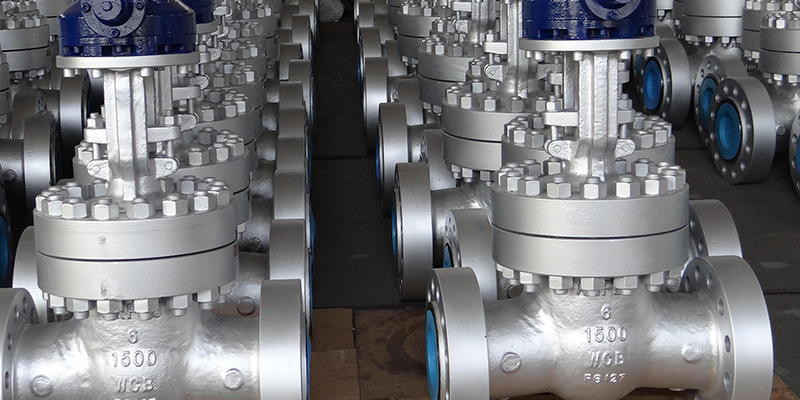
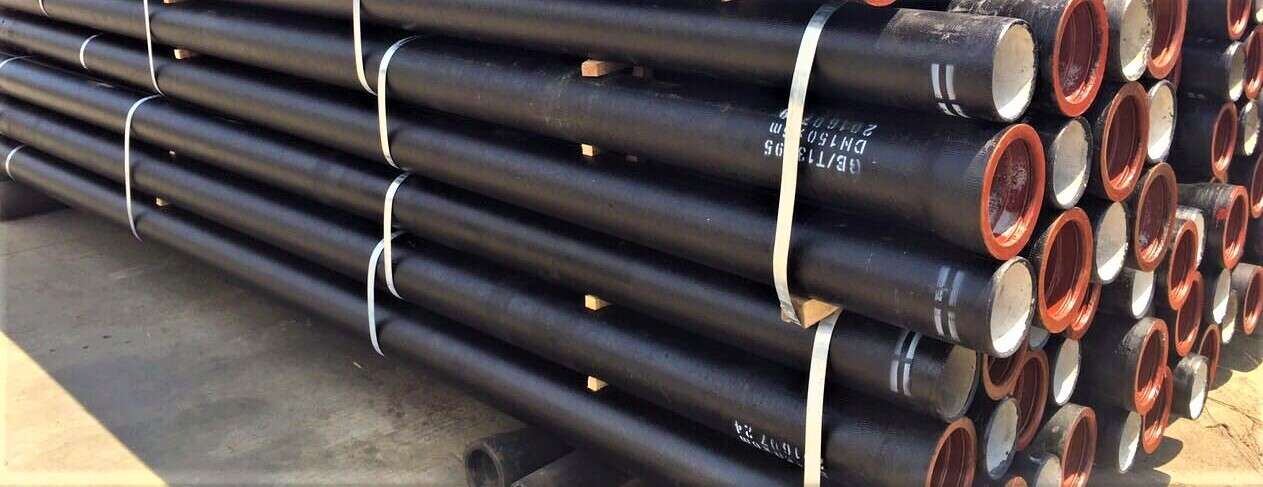


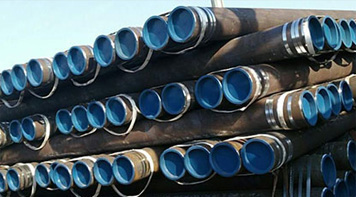 Eastern Steel Manufacturing Co.,Ltd not only improve product production and sales services, but also provide additional value-added services. As long as you need, we can complete your specific needs together.
Eastern Steel Manufacturing Co.,Ltd not only improve product production and sales services, but also provide additional value-added services. As long as you need, we can complete your specific needs together.
